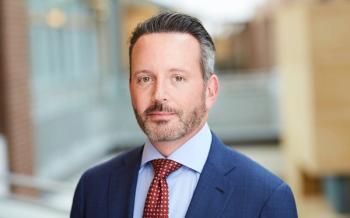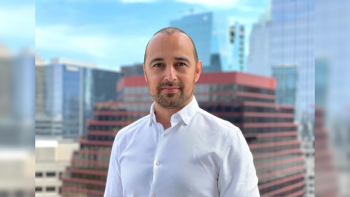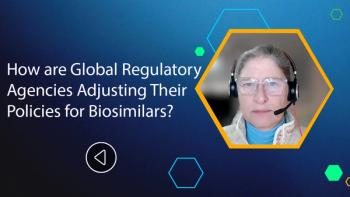
M&As Set to Dominate Pharma Until 2014
December 17, 2009.
Mergers and acquisitions (M&As) remain an integral part of Big Pharma's strategy and will contribute almost two-thirds of peer-set sales growth until 2014, according to market analyst Datamonitor. The firm believes that M&As are a long-term feature of the pharma industry and have played a key role in shaping the structure and composition of today's leading companies.
The past decade has seen a wave of major M&A activity, from the creation of AstraZeneca (London) and GlaxoSmithKline (London) to the merger of Pfizer (New York) and Wyeth (Madison, WI), and Merck and Schering-Plough (Whitehouse Station and Kenilworth, NJ). To quantify how much sales growth has been driven by M&A versus how much has been self-produced through organic growth, Datamonitor
Big Pharma's sales were $84 billion in 1995 and, based on organic growth only, are forecast to increase to $195 billion by 2014. However, M&A activity is expected to lift 2014 sales to $381 billion. As a result, between 1995 and 2014, M&A activity is expected to account for 63% of absolute growth. Datamonitor also notes that the mergers may help Big Pharma maintain its share of the total prescription pharmaceutical market.
Stephanie Sutton.
Newsletter
Lead with insight with the Pharmaceutical Executive newsletter, featuring strategic analysis, leadership trends, and market intelligence for biopharma decision-makers.





